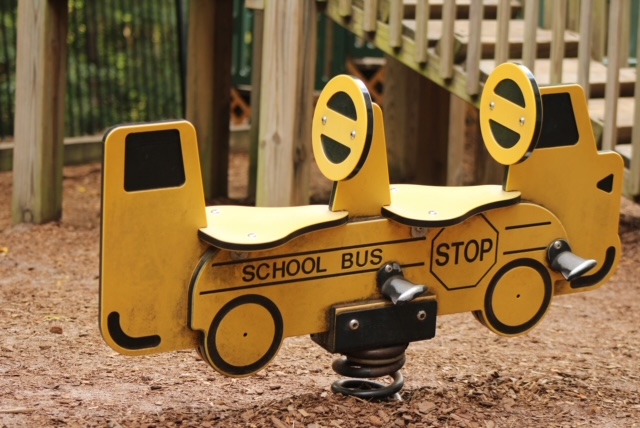Balancing Moving and Starting a Business Simultaneously

Balancing Moving and Starting a Business Simultaneously
If your current living accommodations aren’t adequate for the business you’re starting, it may be time to look for a new home in New York, New York, that meets your requirements. Knowing what you want and need can make the home search simpler. By staying organized and prioritizing while moving, relocating is less difficult.
Spend What You Can Afford
It’s easy to get carried away when you’re house-hunting, and you may be tempted to take out a loan versus buy in cash, so that you can afford a larger property — do not fall for this bad idea. If buying in cash is an option to you, then buy in cash. If you don’t have enough capital to buy in cash, consider waiting to make a move. And, if you absolutely want to take a loan despite better wisdom, then be sure to put down a bare minimum of 20%-30%, and make sure that you can afford the debt service payments comfortably when added to your other monthly costs. Most buildings in Manhattan, Brooklyn, and Queens will require 20-50% down and will reject applicants who do not illustrate post-closing liquidity to easily cover at least 2-3 years of monthly expenses after the down payment is made. It is best to establish your budget before you begin a home search, especially since you may need resources for your business as well.
Create a Home Shopping Checklist
Next, create a checklist of features that matter most in a house. This can help you remain on budget while you search for a home with all the essentials. For example, prioritize the number of bathrooms and bedrooms you require and make sure you have a space suited for an office or workspace for your business.
Also, consider the location, especially if you have children. You want a home in an area with attractions and amenities nearby for the entire family, such as Battery Park.
Simplify Moving
Moving can be physically and mentally demanding, so it helps to pack your belongings gradually. Box up items based on the room they belong in, and label each box. This makes unpacking much easier.
As you’re packing, declutter and downsize. You don’t want to haul items or pay to move belongings you don’t need. You also want to avoid cluttering your new home with useless things.
Consider hiring a moving company in New York, New York, to make the process easier and less time-consuming for you. Most buildings won’t permit you to kicks in without an insured Moving Company anyway. Be sure to obtain a copy of the Certificate of Insurance from the Moving Company, as this will likely be required by your new building.
Optimize Your Business
While your top priority right now may be moving, make sure you’re still focusing on your business. Have a business plan in place, and complete all necessary paperwork for licenses or permits that may be required.
To keep track of your finances, consider using a transaction data API that provides accurate, up-to-date information about your company’s spending so that you can carefully track your spending and alter your habits as necessary to optimize profit. The program provides transaction data to categorize your withdrawals, and you can even sign up for transaction notifications.
Prioritize Unpacking Duties
As you unpack, work on one room at a time, starting with those that are essential to your everyday life. The kitchen and bathroom are priorities. Unpack your bedding, and make the beds so that you and your family have comfortable places to sleep.
Prioritize setting up your office or workspace as well. You may not have time to unpack everything right away, but at least set up what you need for your business to function each day, such as your desk, computer, and printer.
Moving While Starting a Business Doesn’t Have To Be Stressful
When beginning a business, you have a great deal of responsibility. It’s possible to make it work while relocating to better your company.
Moving While Starting a Business Doesn’t Have To Be Stressful
When beginning a business, you have a great deal of responsibility. It’s possible to make it work while relocating to better your company.
Image credit: Pexels
Author: Cherie McLaughlin

















